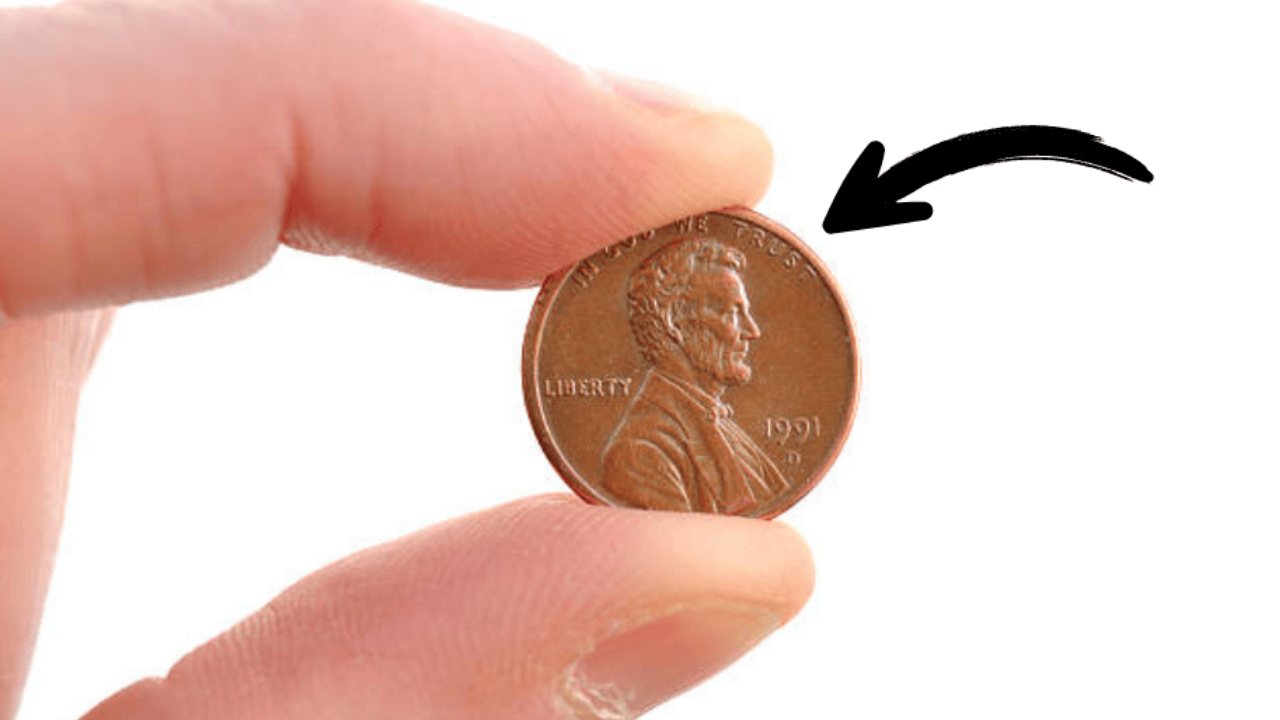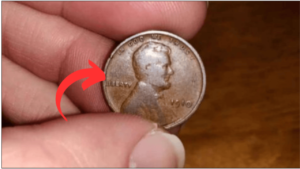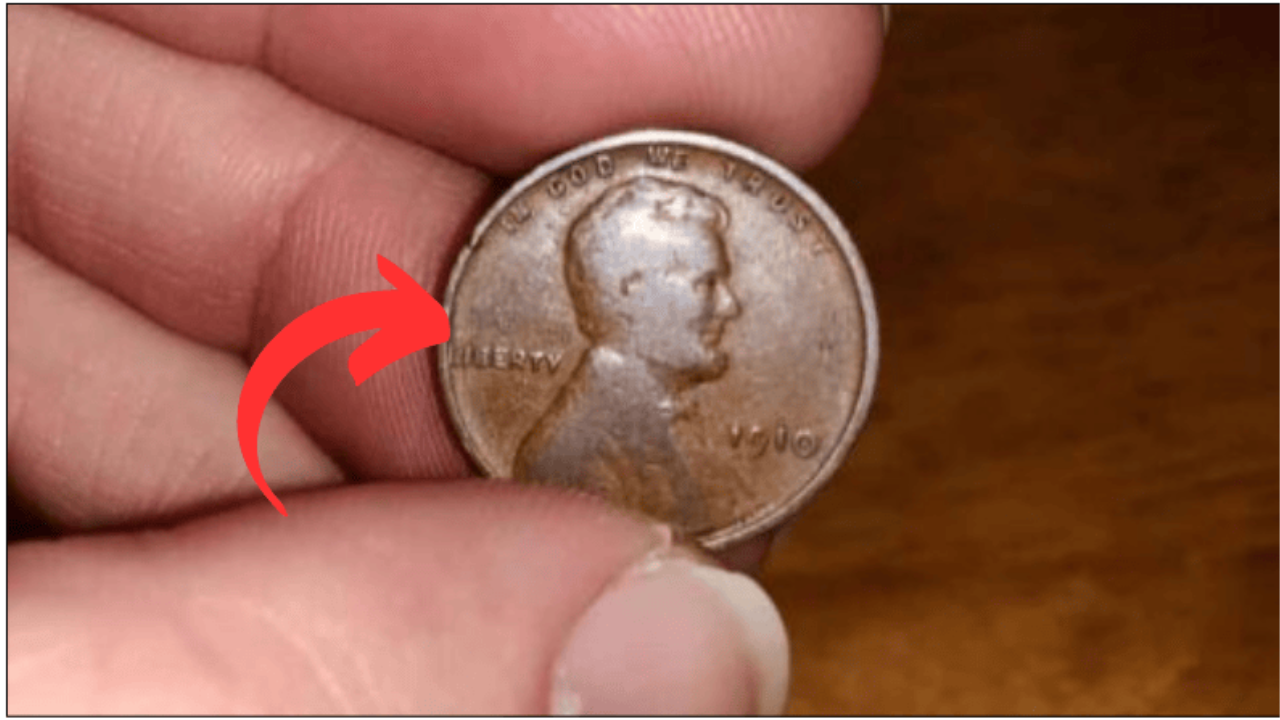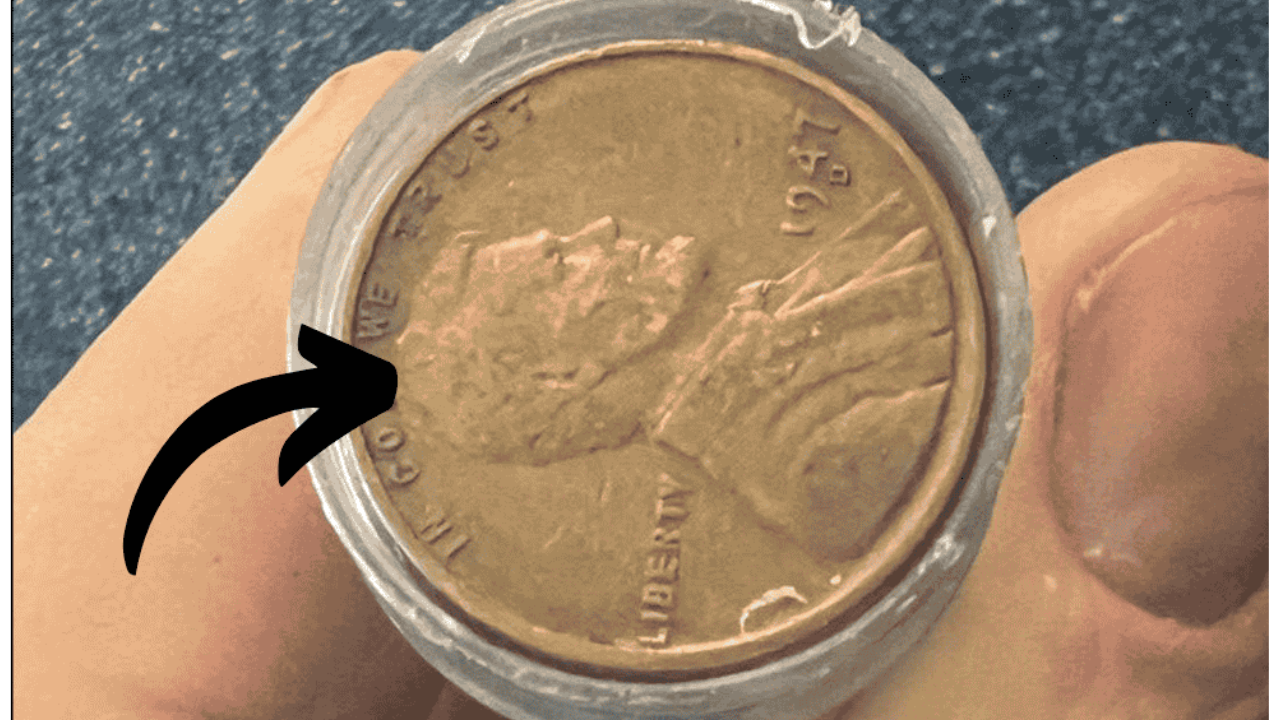The Lincoln Wheat Penny is more than just a piece of American currency—it’s a numismatic icon. First minted in 1909 to honor the 100th anniversary of Abraham Lincoln’s birth, this penny became the first U.S. coin to feature a real person’s image. Though its production ceased in 1958, the Lincoln Wheat Penny continues to captivate collectors with its historic charm and, in some cases, astonishing value.
Some specimens have fetched thousands—and in rare instances, millions—of dollars at auction. The most prized of them all? The legendary 1943 copper penny, once sold for over $3 million. Let’s dive into what makes this humble coin such a hot commodity in the world of collectibles.
The Origins and Design of the Lincoln Wheat Penny
The Lincoln Wheat Penny debuted in 1909 as a tribute to one of America’s most revered presidents. Designed by sculptor Victor David Brenner, the coin features Lincoln’s profile on the obverse and two stylized wheat stalks framing the denomination on the reverse.
It was a departure from traditional designs, symbolizing progress while honoring the nation’s agrarian roots. This simple yet iconic imagery remained in use until 1958, when the design was replaced with the Lincoln Memorial on the reverse.
Key Dates and Rare Varieties
While many Lincoln Wheat Pennies are common and worth only face value, certain years and mintmarks stand out for their scarcity. Below is a table highlighting some of the most valuable Lincoln Wheat Pennies:
| Year | Mintmark | Variety | Est. Value (Good to Mint State) |
|---|---|---|---|
| 1909-S | VDB | Key date, low mintage | $700 – $3,000+ |
| 1914 | D | Low mintage | $200 – $5,000+ |
| 1922 | No D | Mint error (no mintmark) | $500 – $10,000+ |
| 1943 | Copper | Error coin | $100,000 – $3,000,000+ |
| 1955 | Doubled Die | Obverse doubling | $1,000 – $15,000+ |
These values can fluctuate based on condition, market demand, and authentication.
The Legendary 1943 Copper Penny
The crown jewel of Wheat Pennies is undoubtedly the 1943 copper version. During World War II, copper was in short supply and reserved for ammunition. To conserve the metal, the U.S. Mint produced pennies from zinc-coated steel. However, a few copper planchets from 1942 were mistakenly left in the machines, resulting in an accidental batch of copper 1943 pennies.
Only a handful exist today, and due to their extreme rarity and backstory, they command enormous sums. The highest known sale exceeded $3.3 million, making this one of the most valuable coins in American history.
How to Spot a Valuable Wheat Penny
Not all Wheat Pennies are valuable, but certain features can turn an ordinary coin into a collector’s dream:
- Year and Mintmark: Coins minted in San Francisco (S) or Denver (D) are sometimes rarer than those from Philadelphia.
- Errors and Varieties: Double dies, off-center strikes, and die cracks can boost a coin’s value.
- Condition: Coins graded by professional services (PCGS, NGC) in mint condition often command higher prices.
- Key Dates: Years like 1909-S VDB, 1914-D, and 1922 No D are highly collectible due to their low mintage.
Are Wheat Pennies Still in Circulation?
Though officially discontinued in 1958, Lincoln Wheat Pennies still turn up in everyday change. Estate sales, old coin jars, and even thrift store finds can yield hidden treasures. It’s not uncommon for people to discover a rare penny without realizing its potential worth.
Collectors often scan rolls of pennies from banks or purchase “unsorted” lots to search for gems among the common coins.
Selling Your Wheat Pennies
If you suspect you have a valuable Wheat Penny, here are your options:
- Get it Appraised: Use a reputable coin grading service or visit a local numismatic dealer.
- Sell at Auction: Rare coins often perform best at numismatic auctions, where collectors compete to bid.
- Online Marketplaces: Sites like eBay or Heritage Auctions are also popular platforms for coin sales.
- Local Coin Shops: These offer convenience, though prices may be lower than auctions.
Always ensure your coin is authenticated before listing it for sale, especially if it appears to be a rare error or key date.
The Lincoln Wheat Penny may no longer be in production, but its legacy is alive and well. From its historic debut in 1909 to the rare 1943 copper error that has made headlines, this iconic penny continues to be a symbol of Americana and an exciting collectible. Whether you’re a seasoned collector or someone who just found an old penny in a drawer, it’s worth taking a closer look—you never know what you might have.
FAQs
What is the most valuable Lincoln Wheat Penny?
The 1943 copper Wheat Penny is the most valuable, with some specimens selling for over $3 million due to a rare minting error.
How can I tell if my Wheat Penny is worth money?
Check the year, mintmark, and look for errors or unusual features. Coins in mint condition or with rare traits can be worth significantly more.
Are Wheat Pennies still used today?
While they are no longer minted, Wheat Pennies are still occasionally found in circulation or in old collections.
How can I sell a valuable Wheat Penny?
You can sell through coin dealers, online marketplaces, or auction houses. It’s best to get the coin professionally appraised first.
Why are some Wheat Pennies more valuable than others?
Rarity, mint errors, and historical significance all contribute to a coin’s value.









